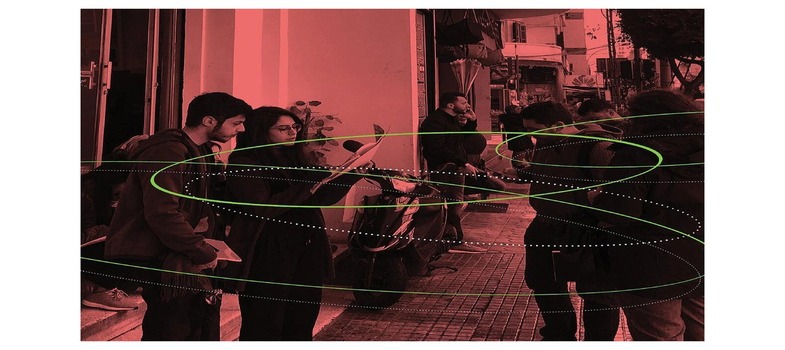3.2 Triangulating evidence
The video features Ben Anderson, UCL Institute for Global Prosperity, Dr Mai Abu Moghli, RELIEF Centre, UCL Institute of Education and Professor Howayda Al Harithy, Architecture, American University of Beirut. In the video, the researchers explain why it is sometimes useful to combine different kinds of data collection. This is a process called “triangulation”. We recommend watching the videos with English subtitles as they contain both English and Arabic.
Last week, we introduced a number of different research methods and asked you to consider which would be most useful for collecting data to answer your research question. However, in some projects, it can be a good idea to combine more than one form of data collection. This is particularly useful if you are conducting small-scale qualitative research.
Exercise
Think about the research question you have chosen.
- Would combining different types of data be more effective for answering your research question than one type of data alone?
- If so, what types of data would you collect and why?
Record your answers in your Research Notebook.
Over to you
In the forum, discuss would triangulation benefit your research project? What do you see as the benefits of combining different types of data for your research project? Add your response to the comments. Consider other replies and ask any questions you need to clarify the response.
